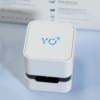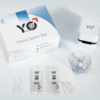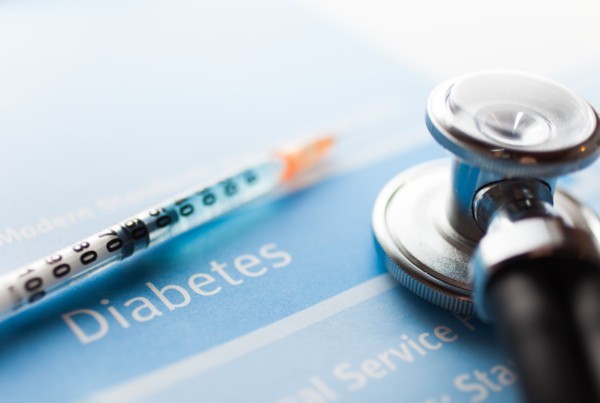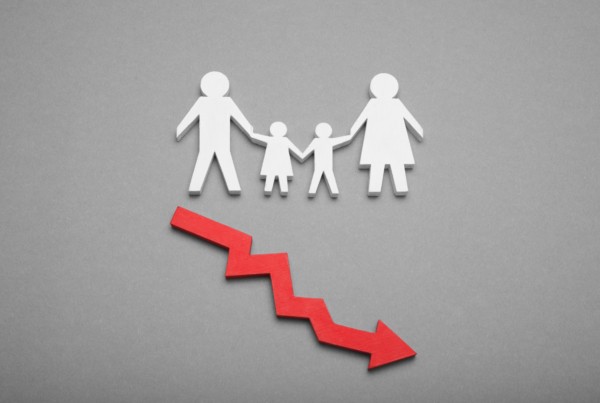In vitro fertilization (IVF) is a treatment option for infertility where the egg and sperm are combined in a laboratory. Once the egg fertilizes and begins cell division, the resulting embryo is transferred into your partner’s uterus, or cryopreserved (frozen) for a later transfer. In this article, we’ll cover the basics of the IVF process so you can feel more prepared and knowledgeable about each step.
Who is IVF for?
IVF is an option for women with blocked or damaged fallopian tubes, ovulation disorders, endometriosis, and those who have uterine fibroids. IVF is also an option in cases where the male partner has below average sperm concentration, weak sperm movement or abnormalities in sperm size and shape. Couples who want to avoid passing on a known genetic disease to their child can also utilize IVF to conceive.
A Man’s Guide to the IVF process
The IVF process generally follows these steps:
-
Pre-testing
At this stage, you will be asked to provide a sperm sample for the lab to evaluate and, depending on your results, you may be asked to undergo a more specialized semen analysis and blood work to check your hormone levels. If issues are found, the next step is potentially a testicular biopsy or a vasography (an X-ray to look for obstructions). Your partner will also undergo ovarian reserve testing and a saline sonogram to check the uterus.
-
Suppressing the Natural Menstrual Cycle + Ovarian Stimulation
This is done to prepare for the next stage. You can help your partner self-inject medication to suppress her cycle. Your partner is then prescribed fertility drugs to boost egg supply. Again, this medication comes in the form of an injection which you can help your partner with.
-
Egg retrieval
The eggs are retrieved via a minor procedure. At this stage, you may also be asked to provide a sperm sample. Your fertility clinic will have specific guidelines to follow, however, it is generally recommended that you abstain from sex for at least two days prior to this.
-
Fertilization
Mature eggs are mixed with sperm and left to fertilize. However, the majority of IVF cycles use intracytoplasmic sperm injection (ICSI) to complete this step. This means that one sperm is directly injected into a mature egg, a treatment option in cases of poor sperm quality. At this stage you have the option to test your embryos for genetic diseases and other disorders (this testing is called PGT-M and PGT-A). The best embryos are then chosen for transfer.
-
Embryo transfer… and the wait
The embryo is transferred into the uterus using a thin catheter. A two-week wait until a pregnancy can be confirmed or otherwise starts. This stage can be challenging emotionally – a good support system can help you and your partner cope during this time.
The IVF process is physically intensive on the female partner, which can leave you feeling somewhat left out. Knowing what to expect and when can give you the knowledge needed to support your partner through this time. Good luck!
If providing a sperm sample at the doctor’s feels too daunting, you can test your sperm in the privacy of your own home. Yo Sperm Test allows you to measure your viable sperm and you can then share your results with a professional who will help you identify the best way forward. Our at-home kits are a great first line of action before moving forward with more intensive treatment, if required.







